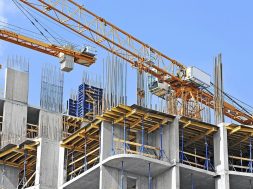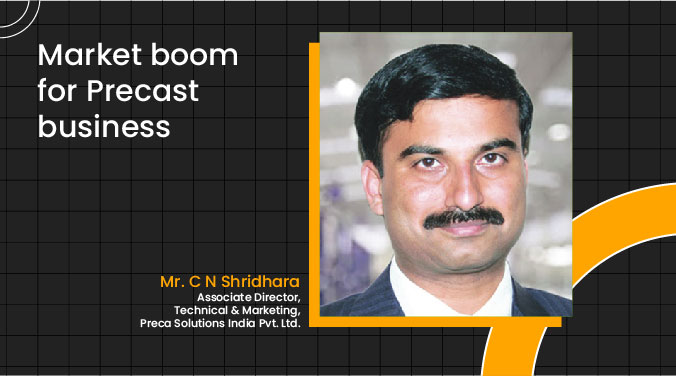“EESL is the only Energy Services Company (ESCO) in the country to implement energy-efficiency projects on investment sharing model,” says Saurabh Kumar, Managing Director, Energy Efficiency Services Ltd. The concept of performance contracting implemented by Energy Service Companies (ESCOs) helps overcome some of the barriers hindering and discouraging the large-scale implementation of energy efficiency projects. In order to develop a viable ESCO industry, the Ministry of Power has set up Energy Efficiency Services Ltd. (EESL). In an exclusive interview with ACE Update, Saurabh Kumar talks about the importance of energy efficiency and how EESL is working to facilitate implementation of energy-efficient projects.
EESL is the first government ESCO in Asia. What kind of services EESL is providing in the field of energy efficiency?Energy Efficiency Services Ltd. (EESL) was set up through initiative of the Government of India through equal equity participation of four central public sector units under the Ministry of Power: NTPC, POWERGRID, PFC and REC. EESL — the implementing arm for energy efficiency in the country — has been working with central and state governments in various sectors to implement an institutional mechanism for implementation of energy-efficiency projects. It is also leading the market related actions of the National Mission for Enhanced Energy Efficiency, one of the thrust areas under the eight missions envisioned under the prime minister’s National Action Plan for Climate Change (NAPCC).
EESL is the only Energy Services Company (ESCO) in the country promoted by the Government of India to implement energy-efficiency projects on investment sharing model, supporting public sector and government agencies and sustaining markets for energy efficiency.
What are the criteria on which one should judge whether a building is energy efficient or not?Measuring the energy performance index (kWh consumed annually per sq. metres) is the first parameter which can be used to assess the energy performance. The lower the EPI, the more efficient the building is. The buildings’ EPI assessment coupled with a quick assessment of the equipment in use, done through a walk through to ascertain possible areas of higher energy consumption or energy wastages, together leads to assessment on the energy performance of the building. All such areas that need energy optimisation are detailed out through studies that also focus on the need for technology upgrade and automation.
Most cost-effective steps toward a reduction in a building’s energy consumption usually occur during the design process. What should be the perfect design of an energy efficient building?Design of an energy-efficient building needs to be done from the point of view of optimal life cycle costs, not the first cost. Many aspects of a building’s performance depend on design stage interventions. Space cooling requirements can be reduced to nearly half through judicious orientation of the building, ensuring maximum natural ventilation, use of shades, insulation and high U-value glass for windows and doors. Use of artificial lighting can also be mitigated through use of natural lighting through high U-value windows, glazed films and sun roofs. Use of star-rated appliances and automation through energy monitoring and control (EMC), sensors (stand alone or integrated) can further lead to greater cost economics in designing an energy efficient building over the life cycle.
What are the challenges to build of a highly energy-efficient building, and how can we overcome them?There are broadly two reasons for the slow adoption of energy efficiency in our country: technical and financial. There is a general incompetence amongst most building O&M managers to comprehend the technical advantage of investing in energy efficiency. In a competitive market where product technologies and their technical specifications tend to change rather frequently, the building managers have been found to be constrained in comprehending the apt solution and unsuccessful in demonstrating the business driver advantages for energy-efficient projects. Energy-efficient projects often fail due to lack of financing too. In a scenario where multiple functions compete with one another for financial allocation, the financial resources available with building managers to undertake energy-efficient projects are rather limited mostly due to the fact that such investments often payback in a time frame not commensurate with the financial planning.
The BEE and EESL are committed in working together to turn around these impediments. While BEE is working towards incorporation of energy efficiency parameters in the building bye-laws and building stakeholders’ capacity by training architects on ECBC, certifications and other relevant trainings, EESL has been doing projects on ESCO mode that circumvent the need for first cost to finance energy-efficient projects that payback using the accrued energy cost savings.
Cookie Consent
We use cookies to personalize your experience. By continuing to visit this website you agree to our Terms & Conditions, Privacy Policy and Cookie Policy.









